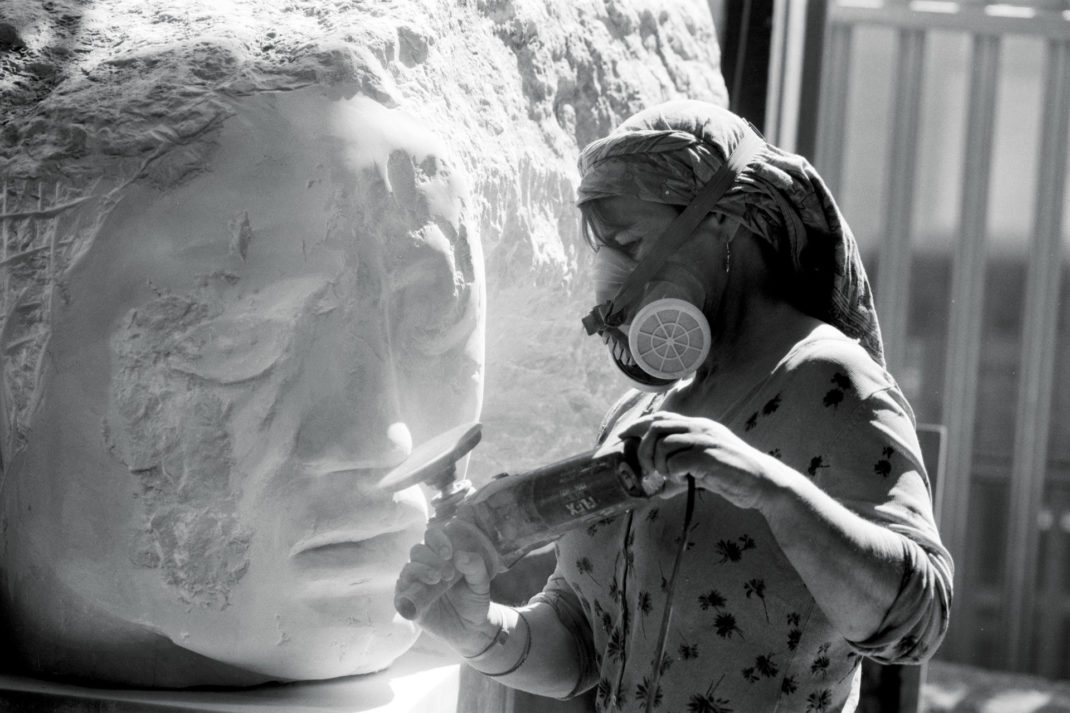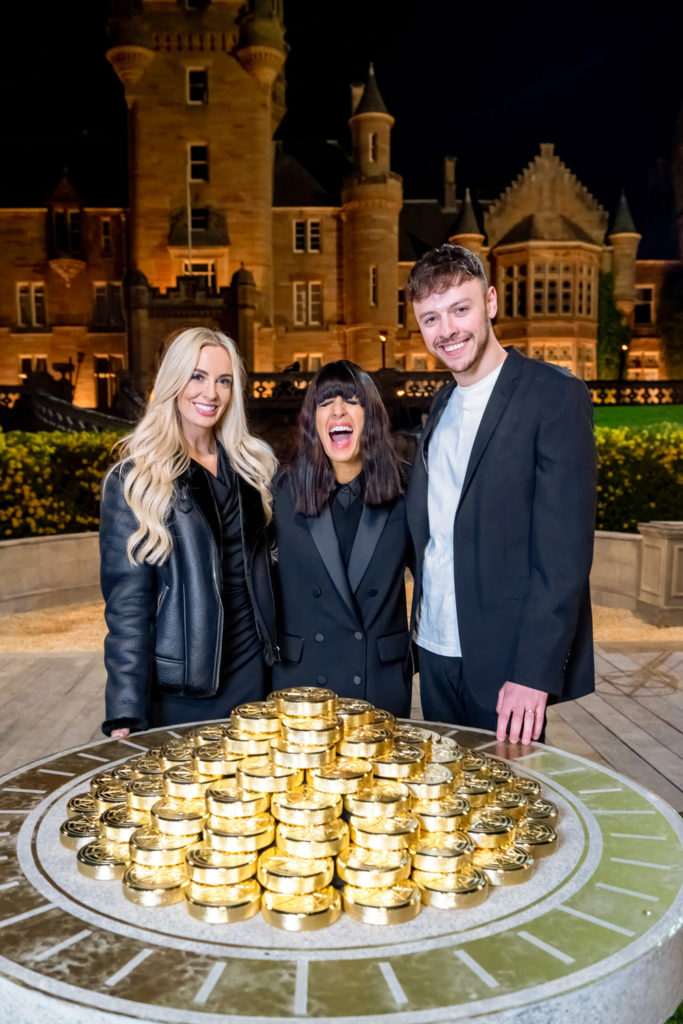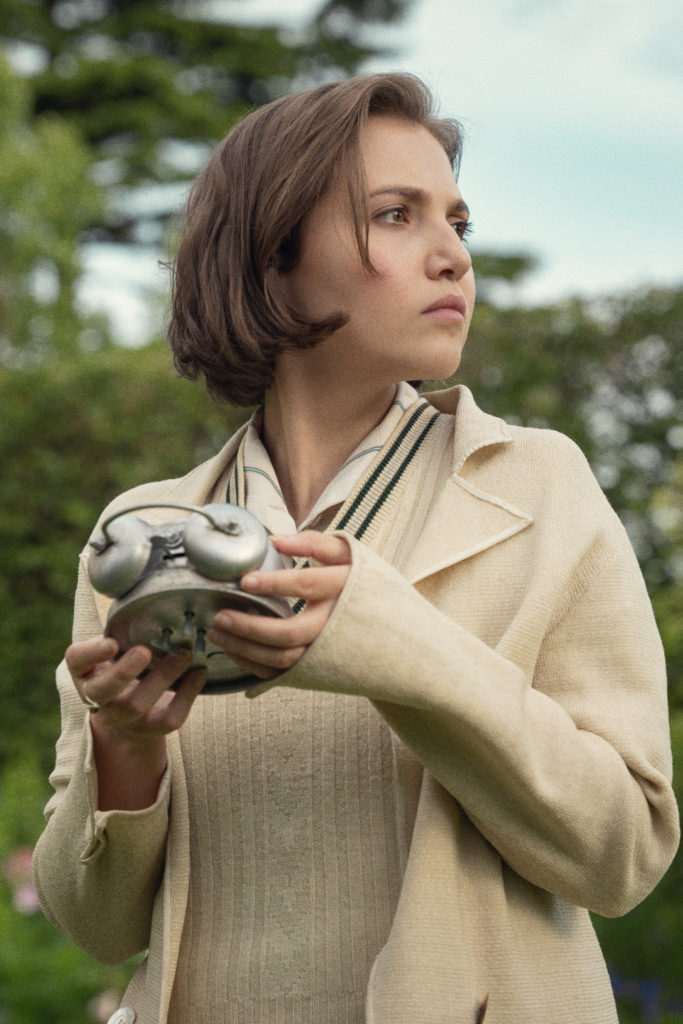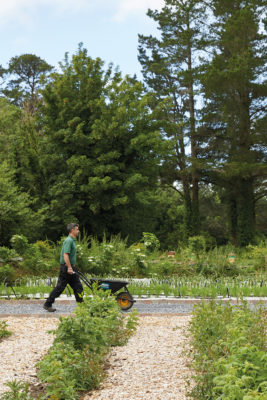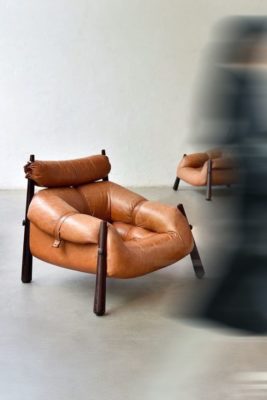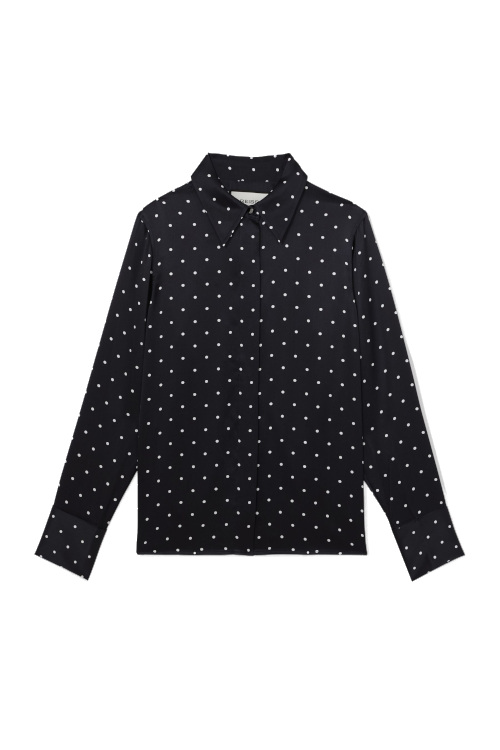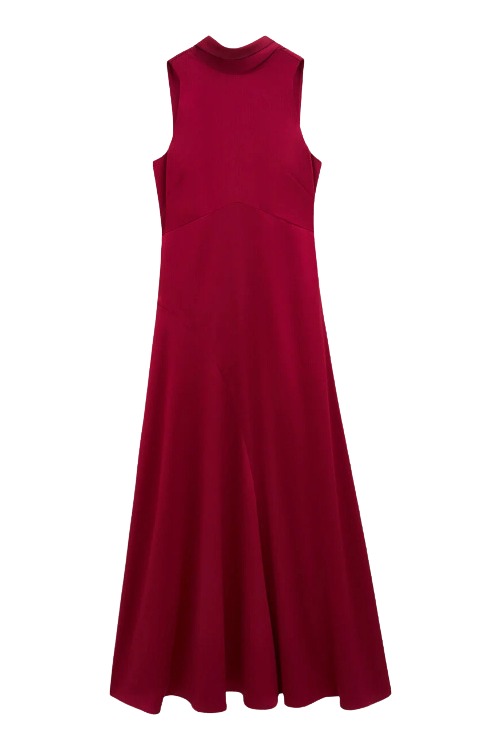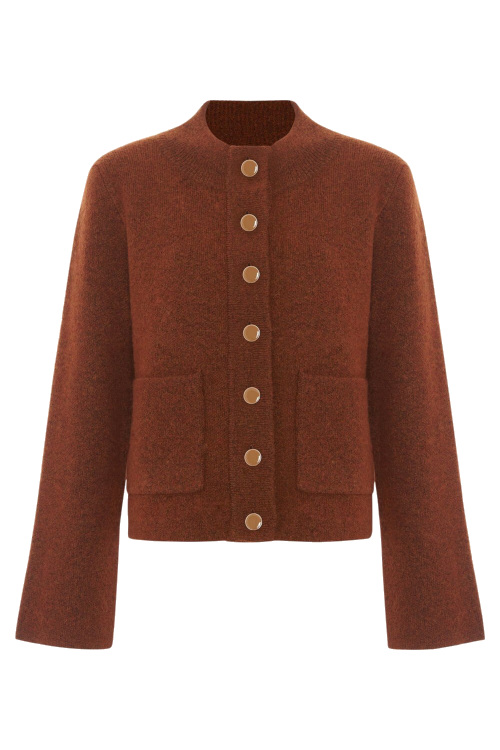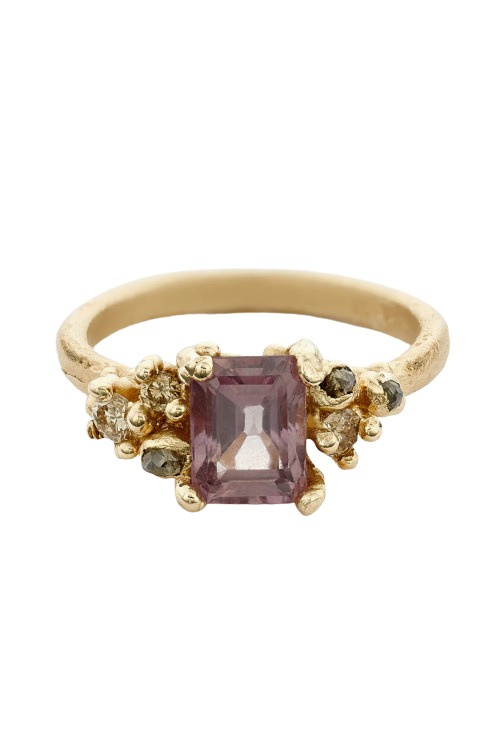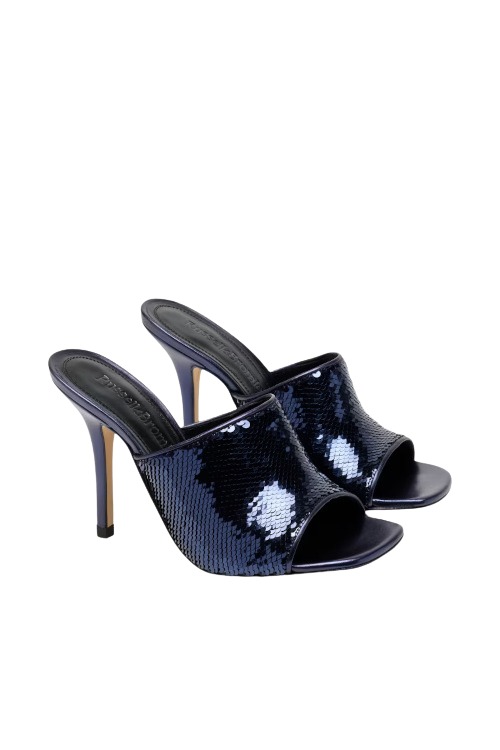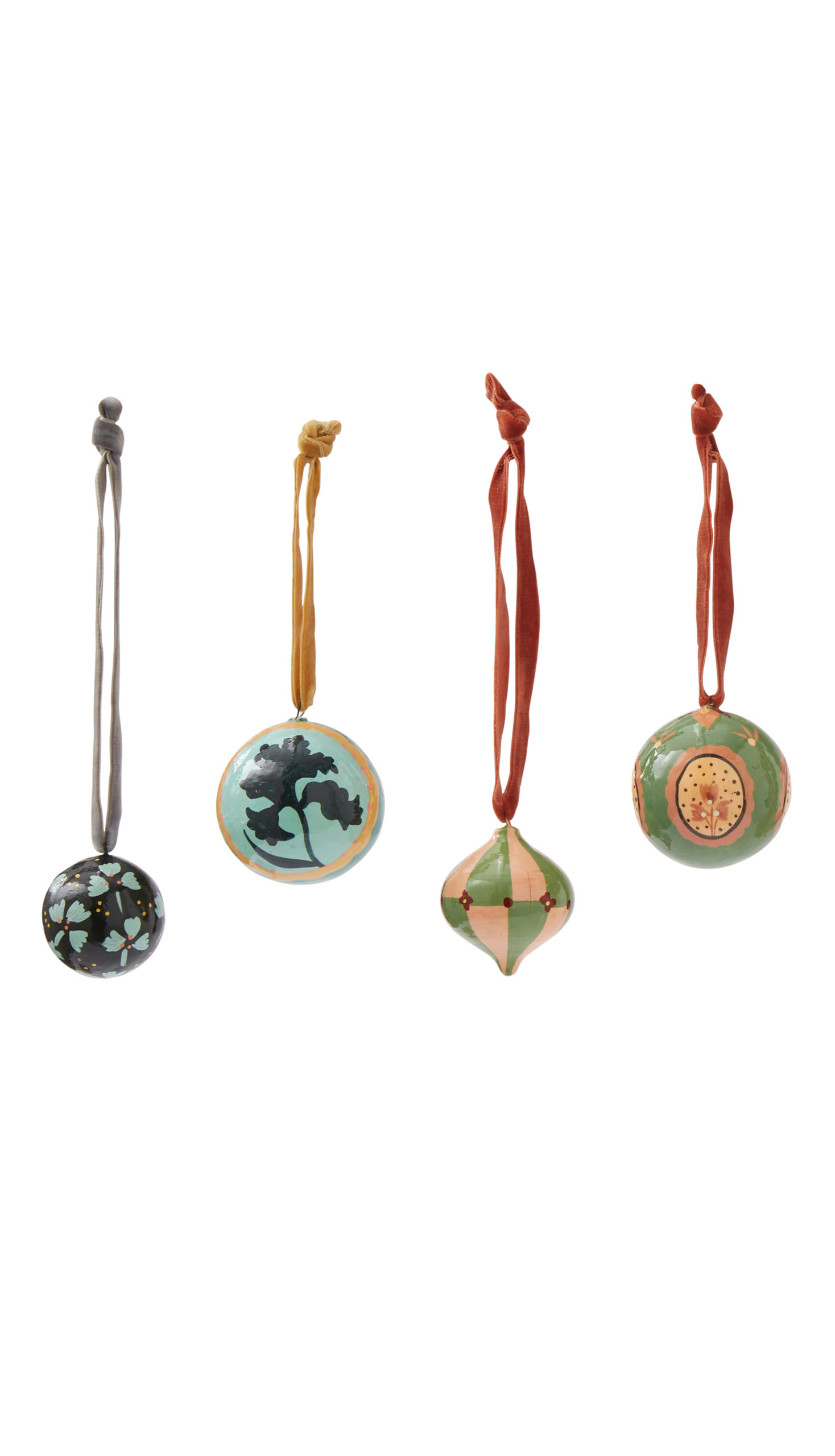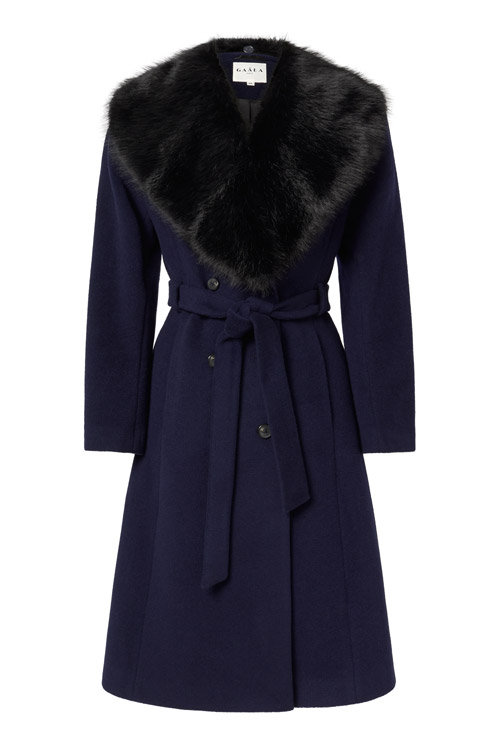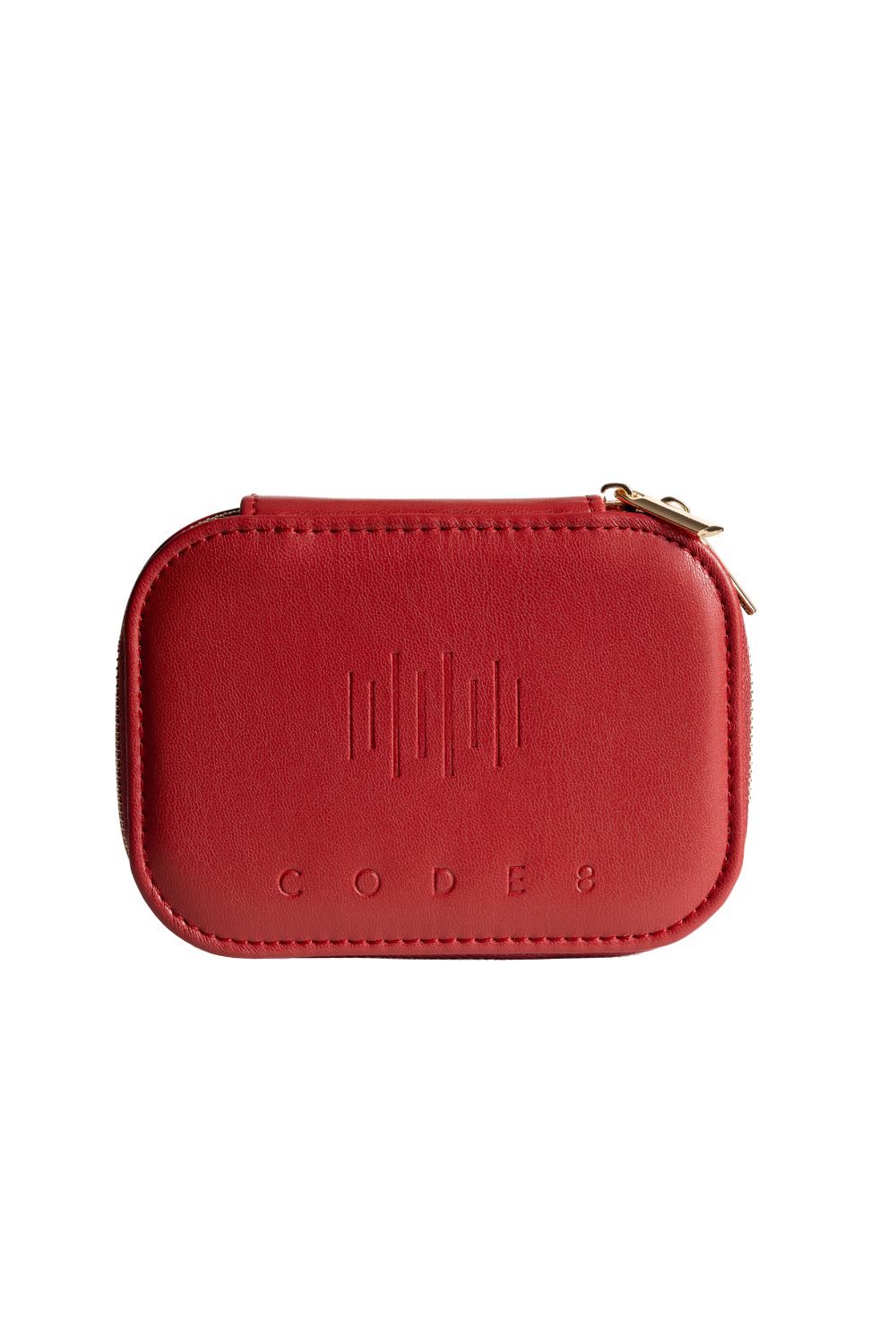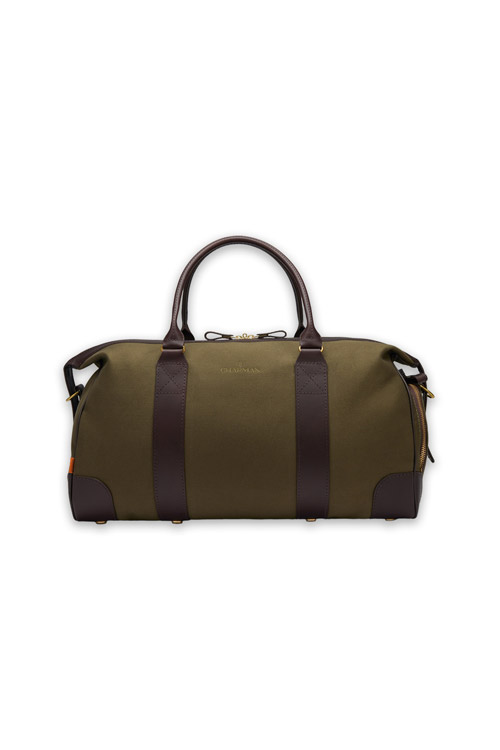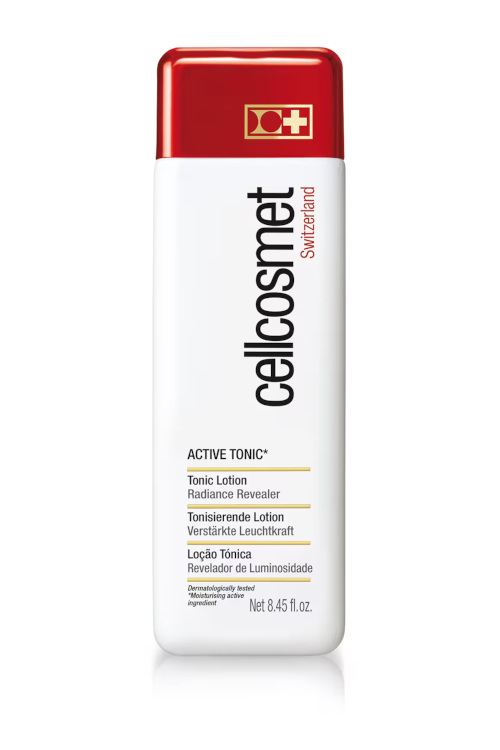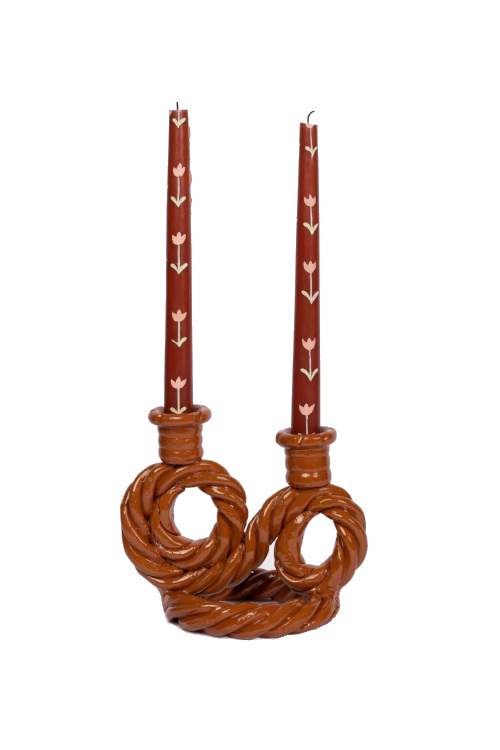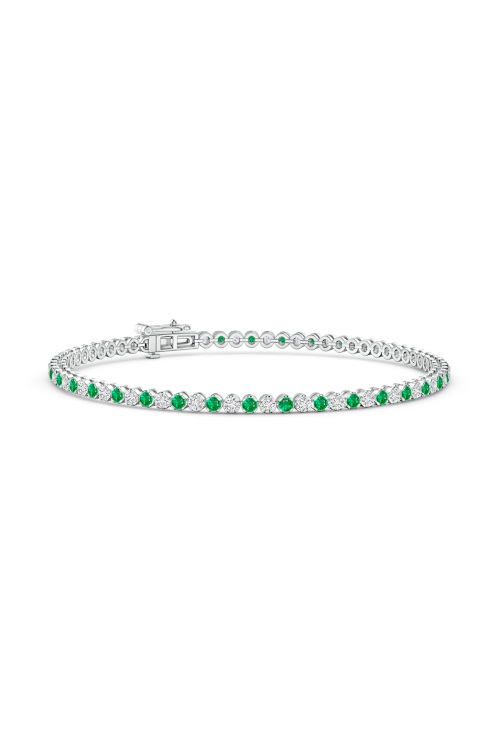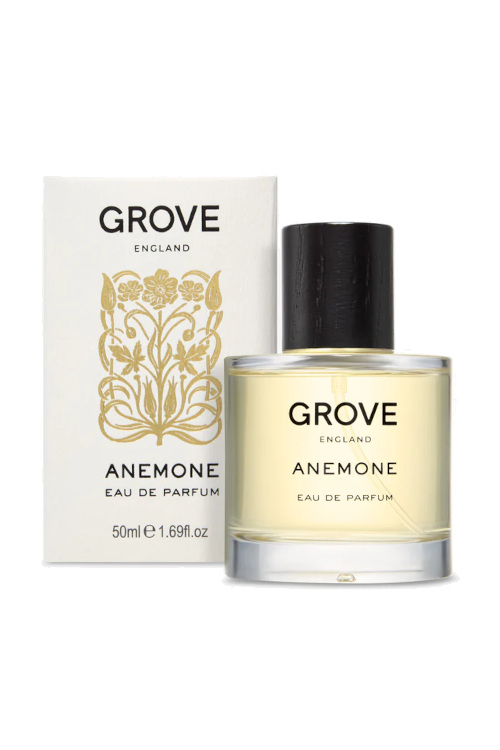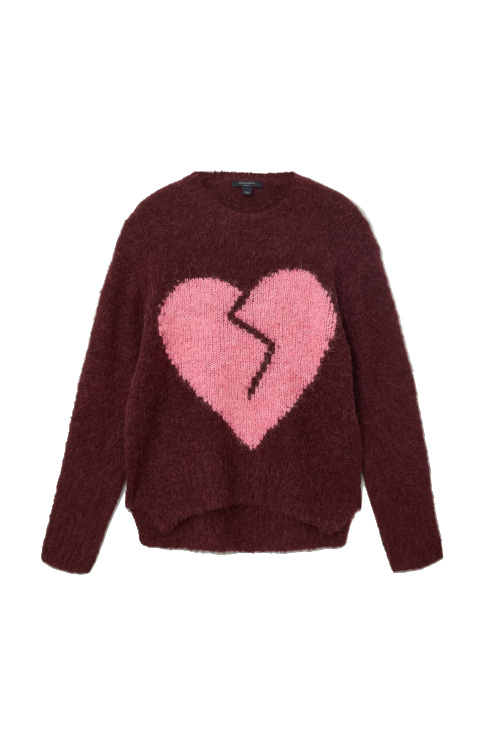12 Environmental Innovations Transforming Our World For Good
By
5 months ago
Regeneration is the key to creating a more sustainable world

From fashion to food, Ifeoluwa Adedeji spotlights 12 environmental innovations transforming the way we live, work and care for the planet
The Regeneration Innovations Pioneering Sustainability
Global issues require multi-pronged approaches and collaboration to drive truly transformational change. From the materials we build with to the clothes we wear and the way we produce food, regeneration is becoming a guiding principle. With contributions from Springwise and This Way Next, we explore the practices and innovations that are helping us improve agricultural efficiency, reduce CO2 emissions, regenerate ecosystems, and rethink how we interact with the world.
1. Warka Water
You don’t always have to dig deep to strike gold. Inspired by the warka tree of Ethiopia, this lightweight tower, made from latticed bamboo with a polyester mesh lining, collects litres of clean drinking water out of thin air, harvesting water from rain, fog and even morning and evening dew. The mesh netting captures the moisture in the air, which is then held in a tank, and there are reflective mirrors at the top of the tower to deter birds. Designed for use in remote developing areas and water-scarce communities, this is a towering example of circularity at work. Discover more at warkawater.org
2. Mapping
While climate change continues to wreak havoc on our ecosystem, computer scientists at Washington University in St Louis are employing Artificial Intelligence to help us manage and identify the real-time effects. TaxaBind is a multimodal AI model that helps identify and classify species while making it easier to map and monitor the ground-level environment. This is good news because it will allow improved ecological research and the system is already able to use the combination of satellite images and ground-level species images to retrieve habitat characteristics and climate data.
3. No Plastic, Fantastic
In 2023, US start-up Sway won first place in the Tom Ford Plastic Innovation Prize for its plastic-free packaging solution. The company replaces traditional plastic packaging with a blend of seaweed, plants and compostable polymers. These ‘material innovators’ have created polybags, which will decompose naturally. It’s an ocean-friendly alternative to polluting single-use plastic. Sway’s aim is to connect with existing infrastructure to provide real solutions in a seamless manner, making it easier for companies to switch to this green alternative. Discover more at swaythefuture.com
4. Shelling Out
Felicia Neuhof is an architectural designer who sees food waste differently, particularly the seashells discarded by restaurants, which she’s transforming into regenerative building materials such as wall tiles and stools. Her work was presented to King Charles and her brand, Shellf Life, has also exhibited products at Hampton Court Palace. By repurposing shells discarded by the seafood industry, she has developed an alternative to concrete, ceramic, and plastics. ‘We’re implementing and testing these tiles in homes across Vermont, Rhode Island, New York, and Pennsylvania,’ Neuhof says. ‘There’s something poetically circular about materials that once protected marine life now protecting human habitats.’ Discover more at shellflife.com
5. Colour Me Happy
By identifying the plants, animals, insects, or microbes’ genes responsible for producing certain colours, Colorifix is pioneering a sustainable way to dye fabrics. These pigments are naturally found in nature and are recreated using engineered microbes that Colorifix is then able to reproduce in a laboratory setting. Conventional dyeing processes use between 30 to 150 litres per kilogram of fabric – with this innovative solution, Colorifix is reducing water use by 90 percent and eliminating toxic chemicals entirely. Discover more at colorifix.com
6. Soleful Transformations
‘Our giraffe is our best-selling sculpture, with its graceful neck, commanding pose, and beautifully detailed eyelashes,’ says Joe Mwakiremba, head of sales at Ocean Sole. ‘It captures attention and hearts alike.’ The giraffe is made from discarded flip flops found on the beaches of Kenya, which Ocean Sole transforms into art while creating jobs and a true sense of community. The collected flip flops are glued together to form blocks that are then carved into sculptures, usually in the form of wildlife affected by pollution. The company recently collaborated with Italian designer Serena Confalonieri to create a collection of vases. Discover more at oceansole.com
7. Sleep Easy
You may sleep better knowing that your bedding has been created using recycled materials such as feathers and down. UK-based EarthKind specifically recycles old bedding to create high quality, sustainable luxury versions. ‘We believe that choosing eco-friendly products shouldn’t mean compromising on comfort,’ explains Steven Duncan, group sustainability lead at EarthKind. ‘We use only quality recycled feathers and down.’ The feathers and down are collected, washed, and sterilised in Britain using 100 percent energy from renewable sources, such as solar, wind, and hydro power. Discover more at earthkind.co.uk
8. Root Of The Problem
UK-based biotech company CroBio has developed a product that farmers can apply around the roots of their plants to help them improve the soil’s water retention. Specialising in soil regeneration, CroBio’s bacterial cellulose is a sponge-like material that is applied once during the growing season. This cellulose naturally absorbs into the soil and has been proven to improve water retention in sandy soil by 200 percent. This is ideal for drought-prone areas and a potential solution for degraded soil – a major contributor to crop failure. Discover more at crobio.com
9. Turkish Delights
At the Venice Biennale this year, curated by architect Carlo Ratti, the theme ‘Intelligens. Natural. Artificial. Collective’ explores how architecture can harness various forms of intelligence, both natural ecosystems and artificial. At the Turkish pavilion, different research projects focused on how we work with soil and repurpose materials that are often discarded without thought for the possibilities they possess. Impressively, a large marble structure reminiscent of classical architecture was constructed using 3D printing and the principal material is stone dust – usually discarded as waste. Advanced printers are now able to reproduce complex structures by ejecting, layer by layer, a stone-based paste to gradually build the desired shape.
10. Testing, Testing
The Limbo Architecture Lab (the research arm of the Limbo Museum in Kumasi, Ghana) has joined forces with Bonnie Hvillum of Natural Material Studio in Copenhagen to run biomaterial workshops using Ghanaian local soils, agricultural byproducts, and construction waste. The resulting prototype materials can be used on partition walls, as ceiling applications or external wall cladding in local building projects – bringing them back into use in a sustainable manner, which is a focus for the Limbo Architecture Lab. Discover more at limbomuseum.org
11. Just Add Coffee
From East Africa to West LA, coffee forms part of a daily ritual that brings people together and helps kickstart the day. In an effort to reduce waste, Lavazza has created Tablì 100 percent coffee tabs, which allow you to indulge in capsule-free coffee via its new coffee machine. The Tablì pods can be popped directly into the machine, eliminating the need to recycle any capsules as the only waste produced is the spent coffee grounds, which can be composted or reused for other domestic purposes. Discover more at lavazza.co.uk
12. Wine Into Design
Italian design studio Winetage partners with winemakers to source and extend the life of French oak barrels. These 500-litre oak containers have already been in use for up to six years and so when they are repurposed by skilled artisans to create furnishings such as the Pienza floor lamp (right), the material goes on to live a third life. The rose-tinted timber owes its hue to having aged wine, and this design also incorporates the offcuts from marble that would normally be discarded. It’s Italian handcrafted modern oak furniture without cutting down trees. Discover more at winetagedesign.com






